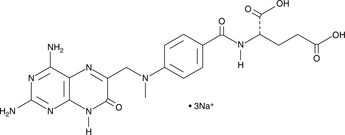Proteases
Proteases is a general term for a class of enzymes that hydrolyze protein peptide chains. According to the way they degrade polypeptides, they are divided into two categories: endopeptidases and telopeptidases. The former can cut the large molecular weight polypeptide chain from the middle to form prions and peptones with smaller molecular weights; the latter can be divided into carboxypeptidase and aminopeptidase, which respectively remove the peptide from the free carboxyl terminus or free amino terminus of the polypeptide one by one. Chain hydrolysis produces amino acids.
A general term for a class of enzymes that hydrolyze peptide bonds in proteins. According to the way they hydrolyze polypeptides, they can be divided into endopeptidases and exopeptidases. Endopeptidase cleaves the interior of the protein molecule to form smaller molecular weight peptones and peptones. Exopeptidase hydrolyzes peptide bonds one by one from the end of the free amino group or carboxyl group of protein molecules, and frees amino acids, the former is aminopeptidase and the latter is carboxypeptidase. Proteases can be classified into serine proteases, sulfhydryl proteases, metalloproteases and aspartic proteases according to their active centers and optimum pH. According to the optimum pH value of its reaction, it is divided into acidic protease, neutral protease and alkaline protease. The proteases used in industrial production are mainly endopeptidases.
Proteases are widely found in animal offal, plant stems and leaves, fruits and microorganisms. Microbial proteases are mainly produced by molds and bacteria, followed by yeast and actinomycetes.
Enzymes that catalyze the hydrolysis of proteins. There are many kinds, the important ones are pepsin, trypsin, cathepsin, papain and subtilisin. Proteases have strict selectivity for the reaction substrates they act on. A protease can only act on certain peptide bonds in protein molecules, such as the peptide bonds formed by the hydrolysis of basic amino acids catalyzed by trypsin. Proteases are widely distributed, mainly in the digestive tract of humans and animals, and are abundant in plants and microorganisms. Due to limited animal and plant resources, the industrial production of protease preparations is mainly prepared by fermentation of microorganisms such as Bacillus subtilis and Aspergillus terrestris.
Targets for Proteases
- Caspase(114)
- Aminopeptidase(24)
- ACE(74)
- Calpains(20)
- Carboxypeptidase(10)
- Cathepsin(81)
- DPP-4(31)
- Elastase(26)
- Gamma Secretase(67)
- HCV Protease(59)
- HSP(113)
- HIV Integrase(37)
- HIV Protease(47)
- MMP(228)
- NS3/4a protease(8)
- Serine Protease(18)
- Thrombin(58)
- Urokinase(4)
- Cysteine Protease(0)
- Other Proteases(18)
- Tyrosinases(47)
- 15-PGDH(1)
- Acetyl-CoA Carboxylase(13)
- Acyltransferase(59)
- Aldehyde Dehydrogenase (ALDH)(28)
- Aminoacyl-tRNA Synthetase(9)
- ATGL(1)
- Dipeptidyl Peptidase(56)
- Drug Metabolite(457)
- E1/E2/E3 Enzyme(90)
- Endogenous Metabolite(1636)
- FABP(30)
- Farnesyl Transferase(23)
- Glutaminase(14)
- Glutathione Peroxidase(14)
- Isocitrate Dehydrogenase (IDH)(28)
- Lactate Dehydrogenase(17)
- Lipoxygenase(234)
- Mitochondrial Metabolism(207)
- NEDD8-activating Enzyme(7)
- Neprilysin(12)
- PAI-1(13)
- Ser/Thr Protease(41)
- Tryptophan Hydroxylase(13)
- Xanthine Oxidase(18)
- MALT1(10)
- PCSK9(1)
Products for Proteases
- Cat.No. Nombre del producto Información
-
GC40378
5(S)-HEPE
5(S)-HEPE is produced by 5-lipoxygenase catalyzed oxidation of eicosapentaenoic acid (EPA).

-
GC40460
5(S)-HETE
5(S)-HETE is produced by the action of 5-LO on arachidonic acid to give 5(S)-HpETE, followed by reduction of the hydroperoxide.

-
GC40829
5(S)-HETE lactone
5(S)-HETE lactone is a cyclic ester formed by acid-catalyzed nucleophilic addition of the C-5 hydroxyl to the C-1 carboxyl of 5(S)-HETE.
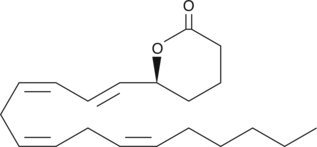
-
GC46679
5(S)-HETE-d8
An internal standard for the quantification of 5-HETE

-
GC42479
5(S)-HETrE
5(S)-HETrE is produced by the action of 5-LO when mead acid is the substrate.

-
GC41105
5(S)-HpEPE
5(S)-HpEPE is a monohydroperoxy polyunsaturated fatty acid produced by the action of 5-LO on EPA.

-
GC40784
5(Z),8(Z),14(Z)-Eicosatrienoic Acid
5(Z),8(Z),14(Z)-Eicosatrienoic acid is a polyunsaturated fatty acid that can be a substrate for 5-lipoxygenase (5-LO).

-
GC40830
5,6-dehydro Arachidonic Acid
5,6-dehydro Arachidonic acid is an analog of arachidonic acid with an acetylene in the 5,6 position.

-
GC18542
5,6-dihydro-5-Fluorouracil
5,6-dihydro-5-Fluorouracil (5-FUH2) is formed by the hydrogenation of 5-fluorouracil via the enzyme dihydropyrimidine dehydrogenase (DPD).
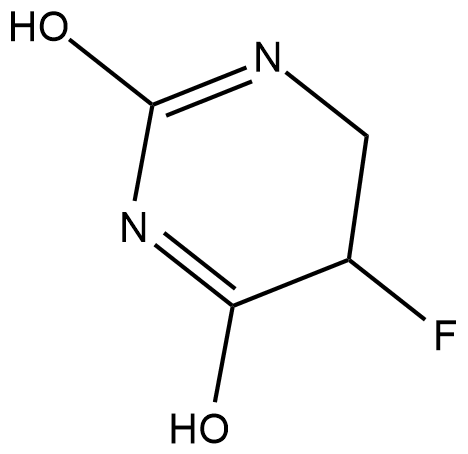
-
GC35152
5,6-Dihydro-5-methyluracil
El 5,6-dihidro-5-metiluracilo (dihidrotimina), un producto de descomposiciÓn intermedio de la timina, proviene de animales o plantas.
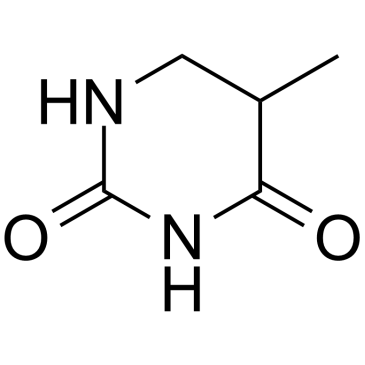
-
GC33650
5,6-Dihydrouracil
El 5,6-dihidrouracilo (5,6-5,6-dihidrouracilo), un metabolito de uracilo, se puede utilizar como marcador para la identificaciÓn de deficiencia de dihidropirimidina deshidrogenasa (DPD).
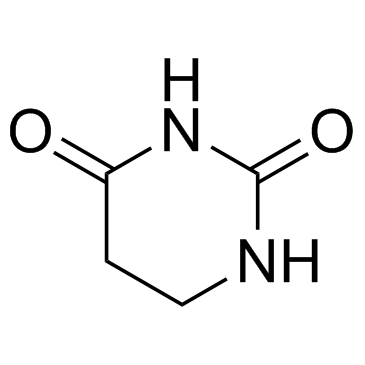
-
GC33502
5,6-Dihydrouridine
La 5,6-dihidrouridina es una base modificada que se encuentra en posiciones conservadas en el bucle D del ARNt en bacterias, eucariotas y algunas arqueas.
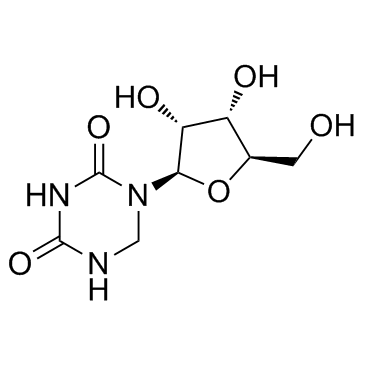
-
GC42484
5,6-dihydroxy Indole
El 5,6-dihidroxi Indol, un precursor de la melanina, tiene una actividad antibacteriana, antifúngica, antiviral y antiparasitaria de amplio espectro.

-
GC38286
5,6-Dimethyl-1H-benzo[d]imidazole
El 5,6-dimetil-1H-benzo[d]imidazol es un metabolito endÓgeno.
![5,6-Dimethyl-1H-benzo[d]imidazole Chemical Structure 5,6-Dimethyl-1H-benzo[d]imidazole Chemical Structure](/media/struct/GC3/GC38286.png)
-
GC18466
5,6-epoxy-13-cis Retinoic Acid
5,6-epoxy-13-cis Retinoic acid is a metabolite of 13-cis retinoic acid.
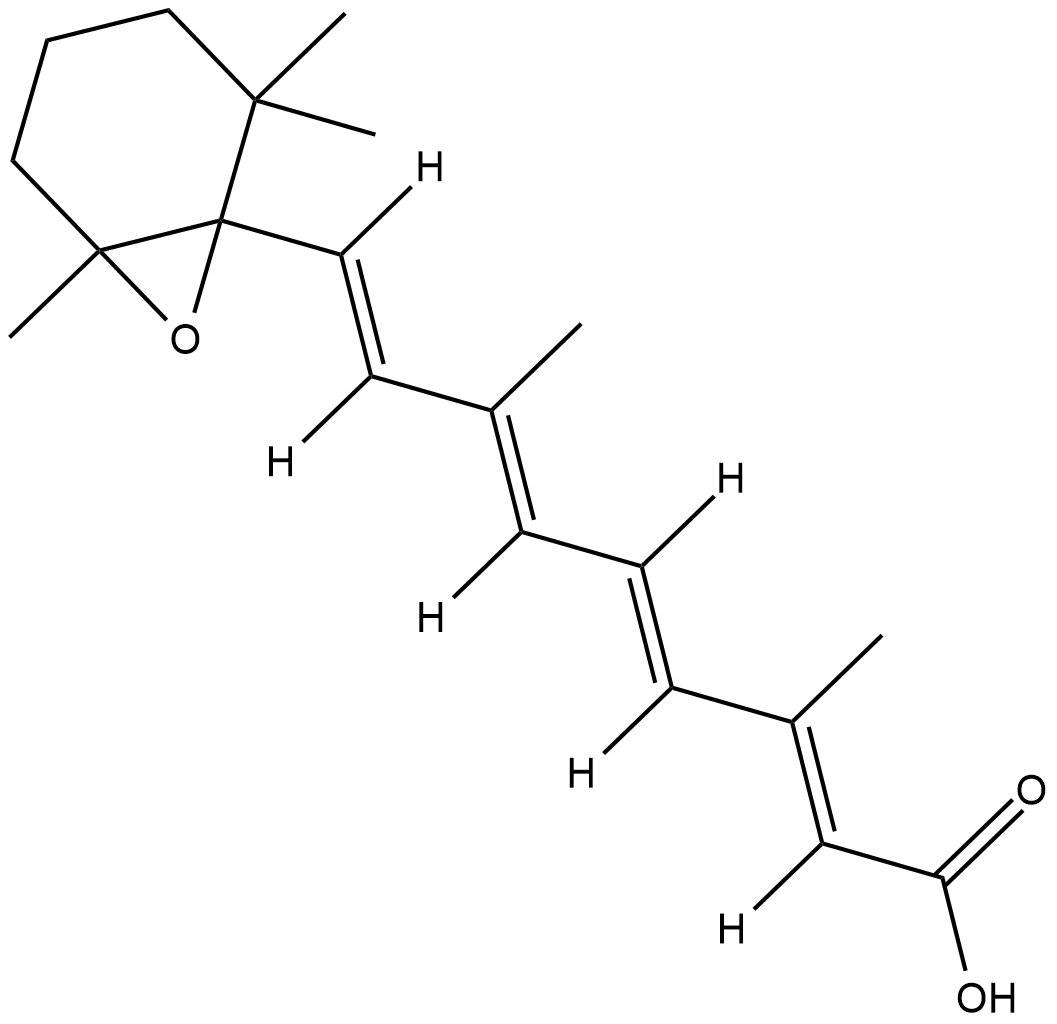
-
GC35150
5,7,4'-Trimethoxyflavone
La 5,7,4'-trimetoxiflavona se aísla de Kaempferia parviflora (KP), una famosa planta medicinal de Tailandia. La 5,7,4'-trimetoxiflavona induce la apoptosis, como lo demuestran los incrementos de la fase sub-G1, la fragmentación del ADN, la tinción de anexina-V/PI, la relación Bax/Bcl-xL, la activación proteolítica de la caspasa-3 y la degradación de poli (ADP-ribosa) polimerasa (PARP) proteína. La 5,7,4'-trimetoxiflavona es significativamente eficaz para inhibir la proliferación de células de cáncer gástrico humano SNU-16 de una manera dependiente de la concentración.
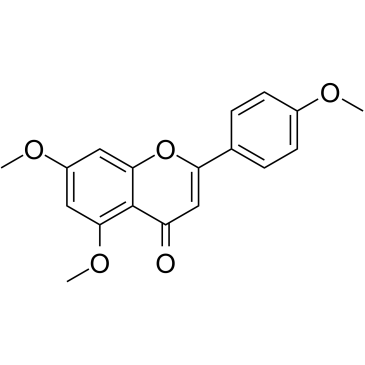
-
GN10629
5,7-dihydroxychromone
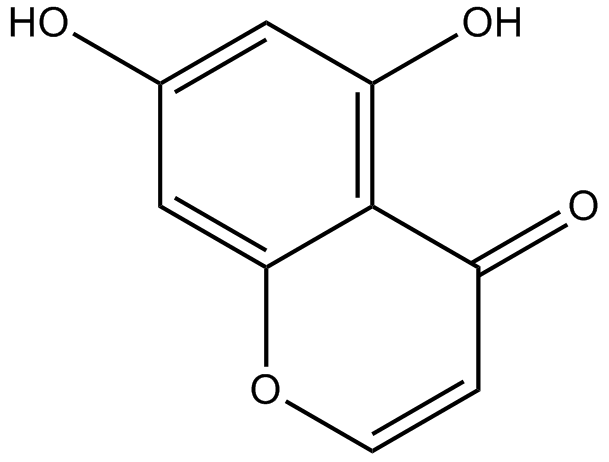
-
GC52227
5-(3',4'-Dihydroxyphenyl)-γ-Valerolactone
An active metabolite of various polyphenols

-
GC38882
5-ALA benzyl ester hydrochloride
El clorhidrato de éster bencÍlico de 5-ALA (clorhidrato de bencil-ALA) es un precursor de protoporfirina que se utiliza como agente de fotodetecciÓn. El clorhidrato de éster bencÍlico de 5-ALA induce la acumulaciÓn de protoporfirina IX (PPIX) en lÍneas celulares de carcinoma de colon.
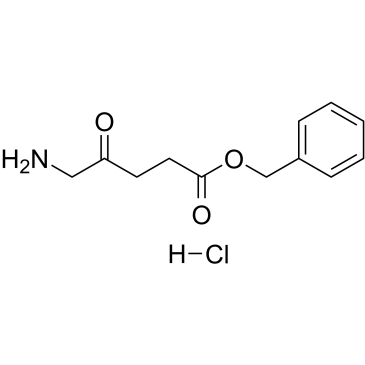
-
GC35156
5-Amino-3H-imidazole-4-Carboxamide
La 5-amino-3H-imidazol-4-carboxamida (AICA) es un precursor importante para la sÍntesis de purinas en general y de las nucleobases adenina y guanina en particular.
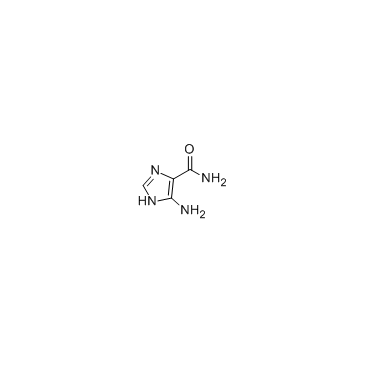
-
GC32608
5-Amino-4-oxopentanoic acid
El Ácido 5-amino-4-oxopentanoico (5-ALA) es un aminoÁcido no proteico que juega un papel limitante en la biosÍntesis del hemo.
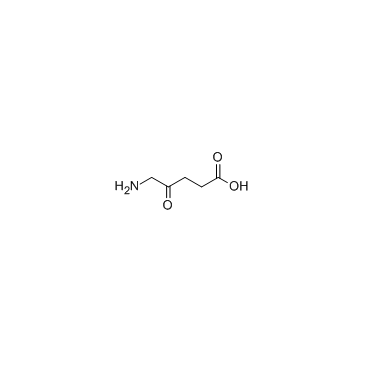
-
GC45356
5-Aminolevulinic Acid (hydrochloride)

-
GC52413
5-Aminosalicylic Acid-d7
An internal standard for the quantification of 5-aminosalicylic acid

-
GC12713
5-Aminovaleric acid hydrochloride
Se cree que el clorhidrato de Ácido 5-aminovalérico actÚa como un homÓlogo de metileno del Ácido gamma-aminobutÍrico (GABA) y funciona como un agonista débil de GABA.
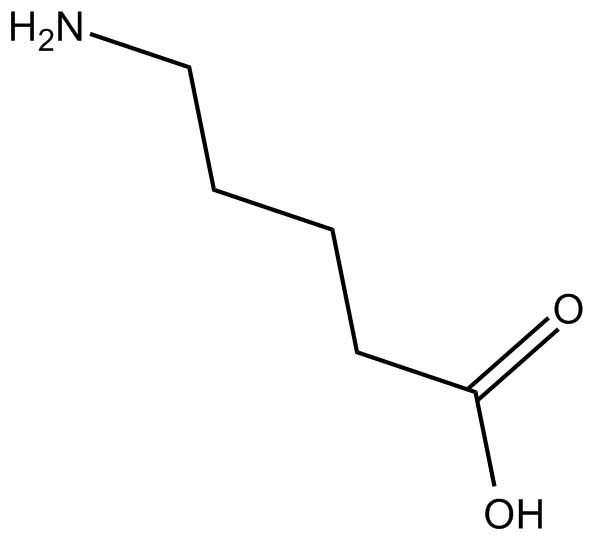
-
GN10062
5-HTP

-
GC49655
5-hydroxy Buspirone
A metabolite of buspirone

-
GC42546
5-hydroxy Diclofenac
5-hydroxy Diclofenac is a metabolite of the NSAID diclofenac formed by the cytochrome P450 (CYP) isoform CYP3A4.

-
GC49119
5-hydroxy Flunixin
A metabolite of flunixin

-
GC49315
5-hydroxy Indomethacin
A metabolite of indomethacin

-
GC41312
5-hydroxy Omeprazole
5-hydroxy Omeprazole is a major metabolite of omeprazole, an inhibitor of the gastric H+/K+-ATPase pump.
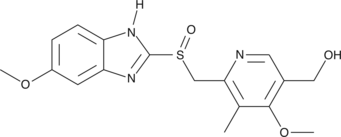
-
GC42549
5-hydroxy Thiabendazole
5-hydroxy Thiabendazole (5-OH TBZ) is a major metabolite of the anthelmintic thiabendazole.

-
GC12829
5-hydroxy Tryptophol
El 5-hidroxi triptofol es un metabolito de la serotonina de los mamíferos que actúa como marcador del consumo agudo de alcohol.
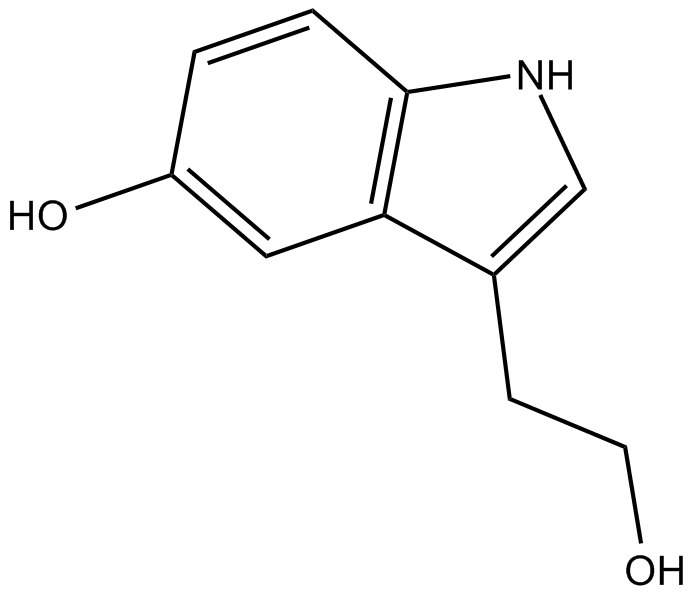
-
GC60529
5-Hydroxy-2'-deoxyuridine
La 5-hidroxi-2'-desoxiuridina (5-OHdU) es un importante producto de oxidaciÓn estable de la 2'-desoxicitidina.
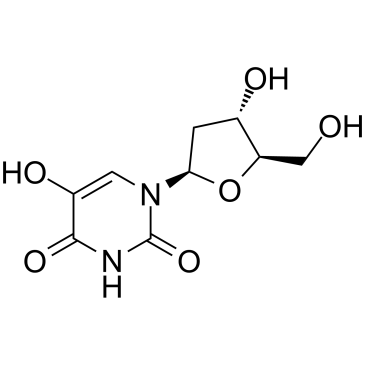
-
GC42550
5-hydroxy-6-methoxy (S)-Duloxetine
5-hydroxy-6-methoxy (S)-Duloxetine is a metabolite of (S)-duloxetine.

-
GC30613
5-Hydroxydopamine hydrochloride
La 5-hidroxidopamina es una amina natural en la orina humana.
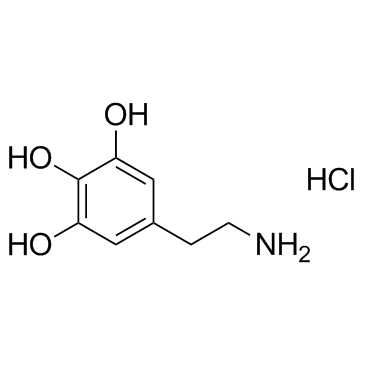
-
GC33698
5-Hydroxyindole-3-acetic acid
El Ácido 5-hidroxiindol-3-acético es el principal metabolito de la serotonina o metanefrinas, que puede utilizarse como biomarcador de tumores neuroendocrinos.
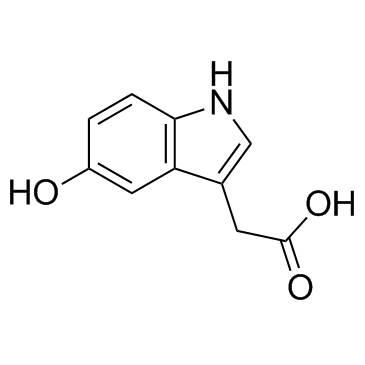
-
GC42551
5-hydroxymethyl Tolterodine (formate)
5-hydroxymethyl Tolterodine is an active metabolite of the muscarinic acetylcholine receptor antagonists tolterodine and fesoterodine.

-
GC30189
5-Hydroxymethyl-2-furancarboxylic acid
El Ácido 5-hidroximetil-2-furancarboxÍlico es el principal metabolito del 5-hidroximetil-2-furfural (HMF) en el cuerpo y se elimina por vÍa renal.
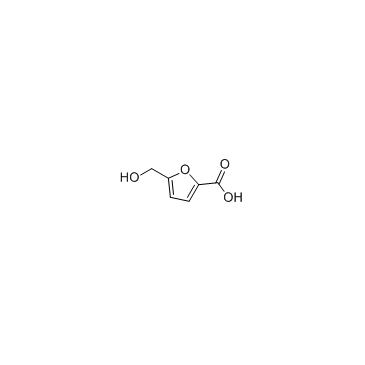
-
GC33613
5-Hydroxymethyluracil
El 5-hidroximetiluracilo es un producto del daÑo oxidativo del ADN.
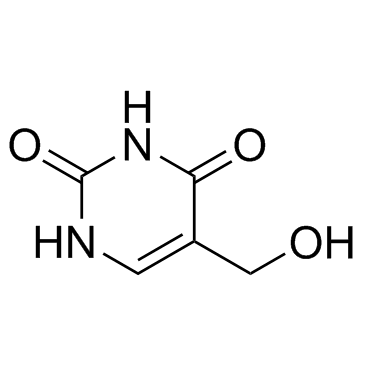
-
GC62810
5-Hydroxytryptamine creatinine sulfate monohydrate
El monohidrato de sulfato de creatinina de 5-hidroxitriptamina es un metabolito endÓgeno.
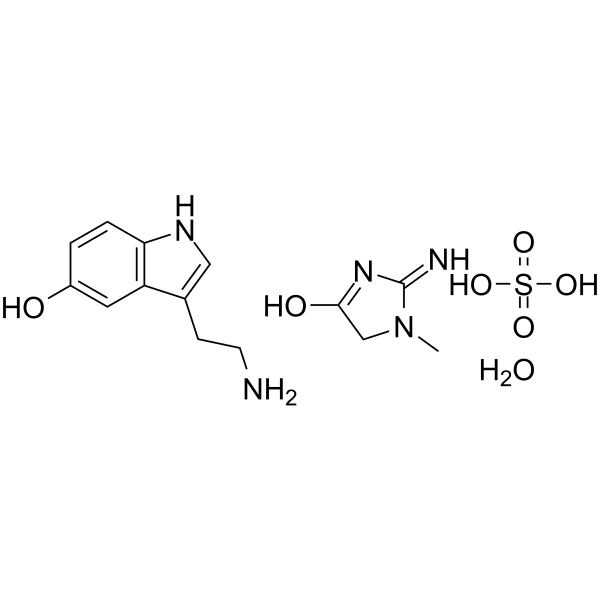
-
GC67951
5-Hydroxytryptophol-d4
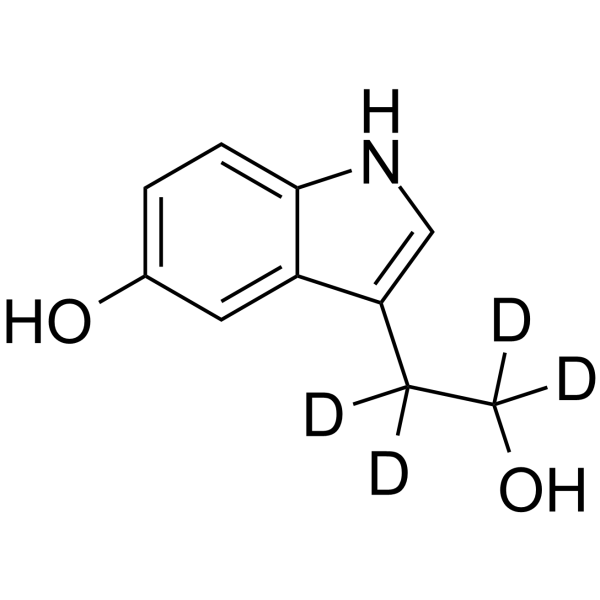
-
GC31997
5-Lipoxygenase-In-1
5-Lipoxigenasa-In-1 es un inhibidor de 5-Lipoxigenasa extraÍdo de la patente EP 331232 A2, tabla 4, compuesto ejemplo 4.10.
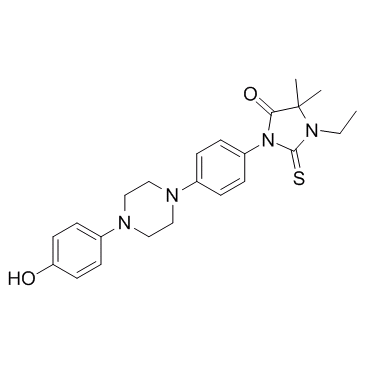
-
GC66031
5-LOX-IN-1
5-LOX-IN-1 (compuesto 2b) es un inhibidor de la 5-lipoxigenasa humana (5-LOX) con un valor IC50 de 2,3 μM. 5-LOX-IN-1 se puede utilizar para la investigaciÓn de la inflamaciÓn.
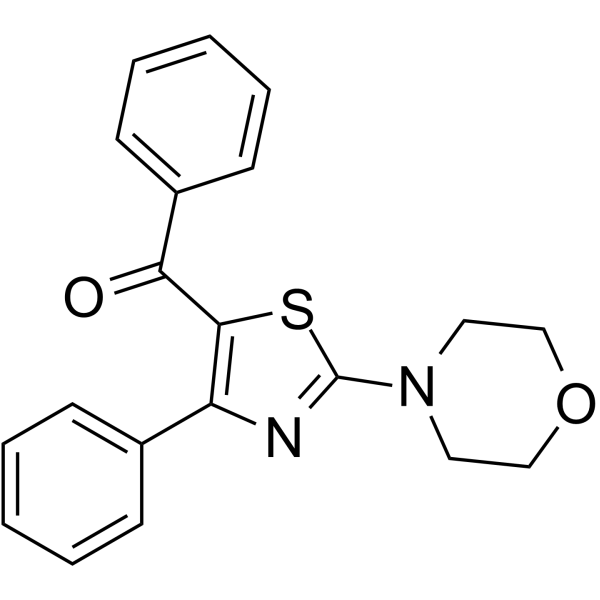
-
GC62811
5-Methoxy-5-oxopentanoic acid
El Ácido 5-metoxi-5-oxopentanoico es un metabolito endÓgeno.
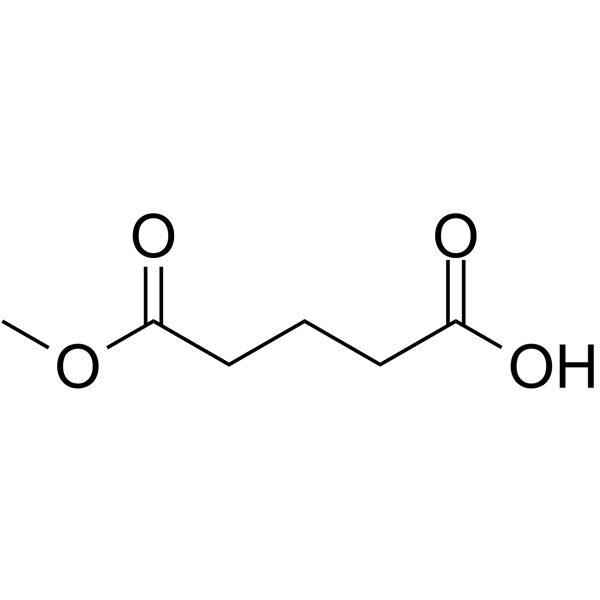
-
GC38058
5-Methoxy-DL-tryptophan
El 5-metoxi-DL-triptÓfano es un metabolito endÓgeno.
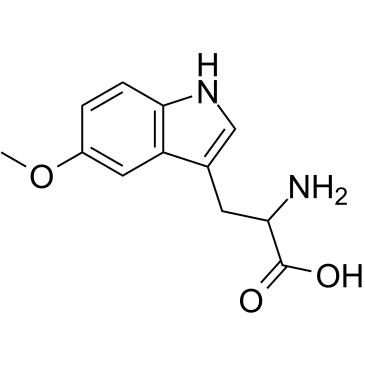
-
GC46078
5-Methoxyindole-3-acetic acid
El Ácido 5-metoxiindol-3-acético es un metabolito de la melatonina.

-
GC64182
5-Methoxytryptamine hydrochloride
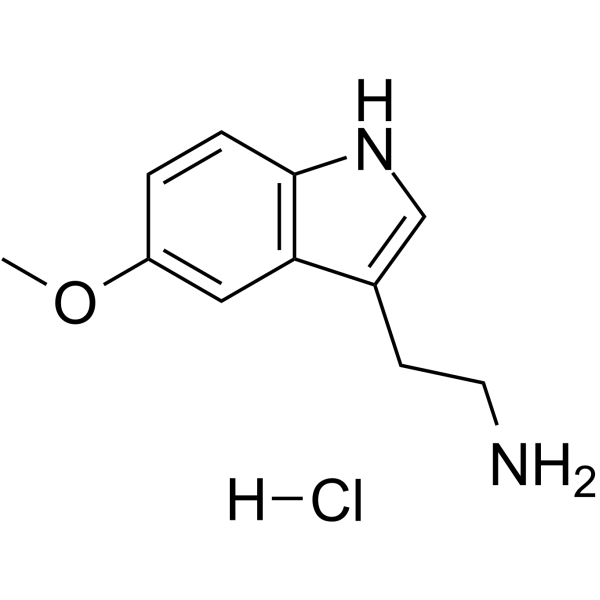
-
GC30712
5-Methoxytryptophol
El 5-metoxitriptol es un indol natural presente en la glÁndula pineal.
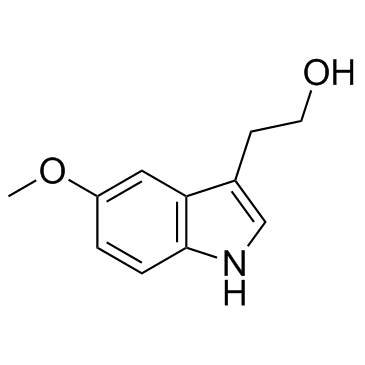
-
GC42562
5-Methyl-2'-deoxycytidine
La 5-metil-2'-desoxicitidina en el ADN monocatenario puede actuar en cis para seÑalar la metilaciÓn del ADN de novo.

-
GC33526
5-Methylcytidine
La 5-metilcitidina es un nucleÓsido de pirimidina detectado en mÚltiples biofluidos.
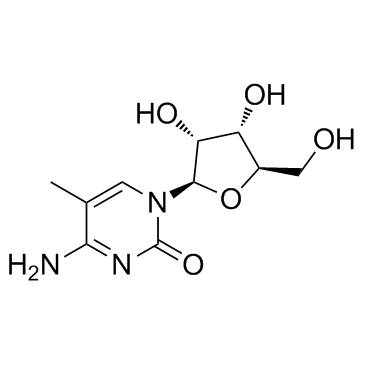
-
GC35166
5-Methylcytosine
La 5-metilcitosina es una modificaciÓn del ADN bien caracterizada y también se encuentra predominantemente en abundantes ARN no codificantes tanto en procariotas como en eucariotas.
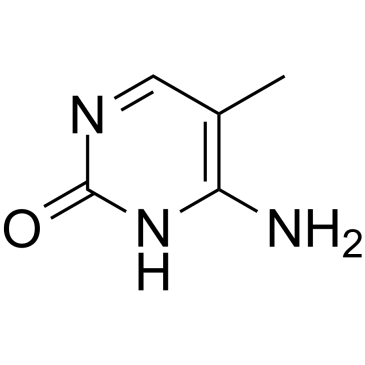
-
GC34881
5-Methyltetrahydrofolic acid
El Ácido 5-metiltetrahidrofÓlico (5-metil THF) es una forma biolÓgicamente activa de Ácido fÓlico.
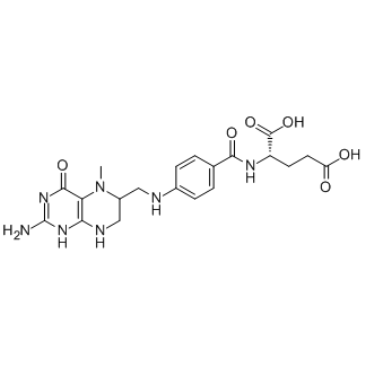
-
GC33514
5-Methyluridine
La 5-metiluridina es un nucleÓsido metilado endÓgeno que se encuentra en los fluidos humanos.
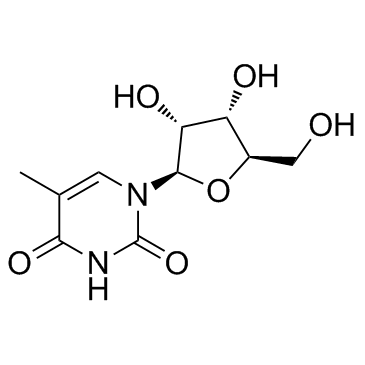
-
GC68228
5-Nitro-1,10-phenanthroline

-
GC35168
5-O-Demethylnobiletin
La 5-O-Demetilnobiletina (5-Demetilnobiletina), una polimetoxiflavona aislada de Sideritis tragoriganum, es una inhibiciÓn directa de la 5-LOX (IC50=0,1 μM), sin afectar la expresiÓn de la COX-2.
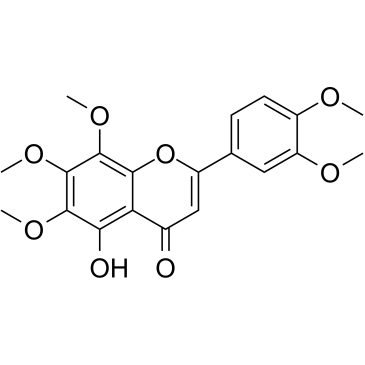
-
GC41310
5-Octyl-α-ketoglutarate
In addition to its role in the Krebs cycle, α-ketoglutarate (2-oxoglutarate) has roles as a substrate or modulator of enzymes.

-
GC40380
5-OxoETE
5-OxoETE is a polyunsaturated keto acid formed by the oxidation of 5-HETE in human neutrophils by a specific dehydrogenase.

-
GC41322
5-OxoETE methyl ester
5-OxoETE methyl ester is an esterified form of the polyunsaturated keto acid 5-oxoETE.

-
GC62814
5-Phenylvaleric acid
El Ácido 5-fenilvalérico (Ácido 5-fenilpentanoico) es un Ácido pentanoico de origen bacteriano que se encuentra ocasionalmente en biofluidos humanos.
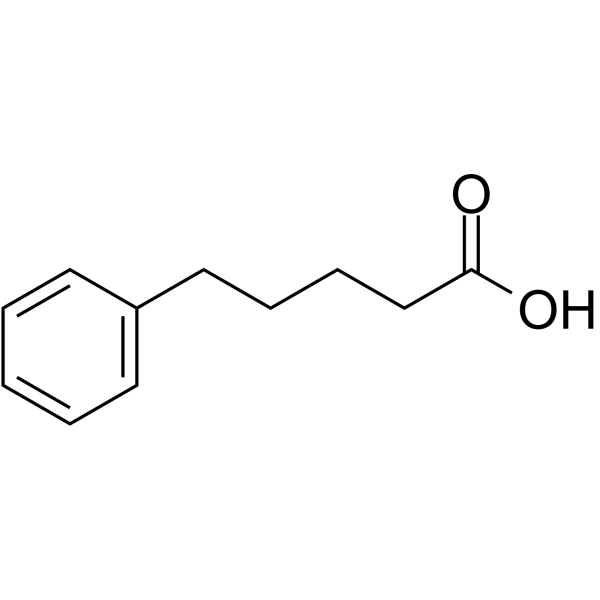
-
GC11101
5-R-Rivaroxaban
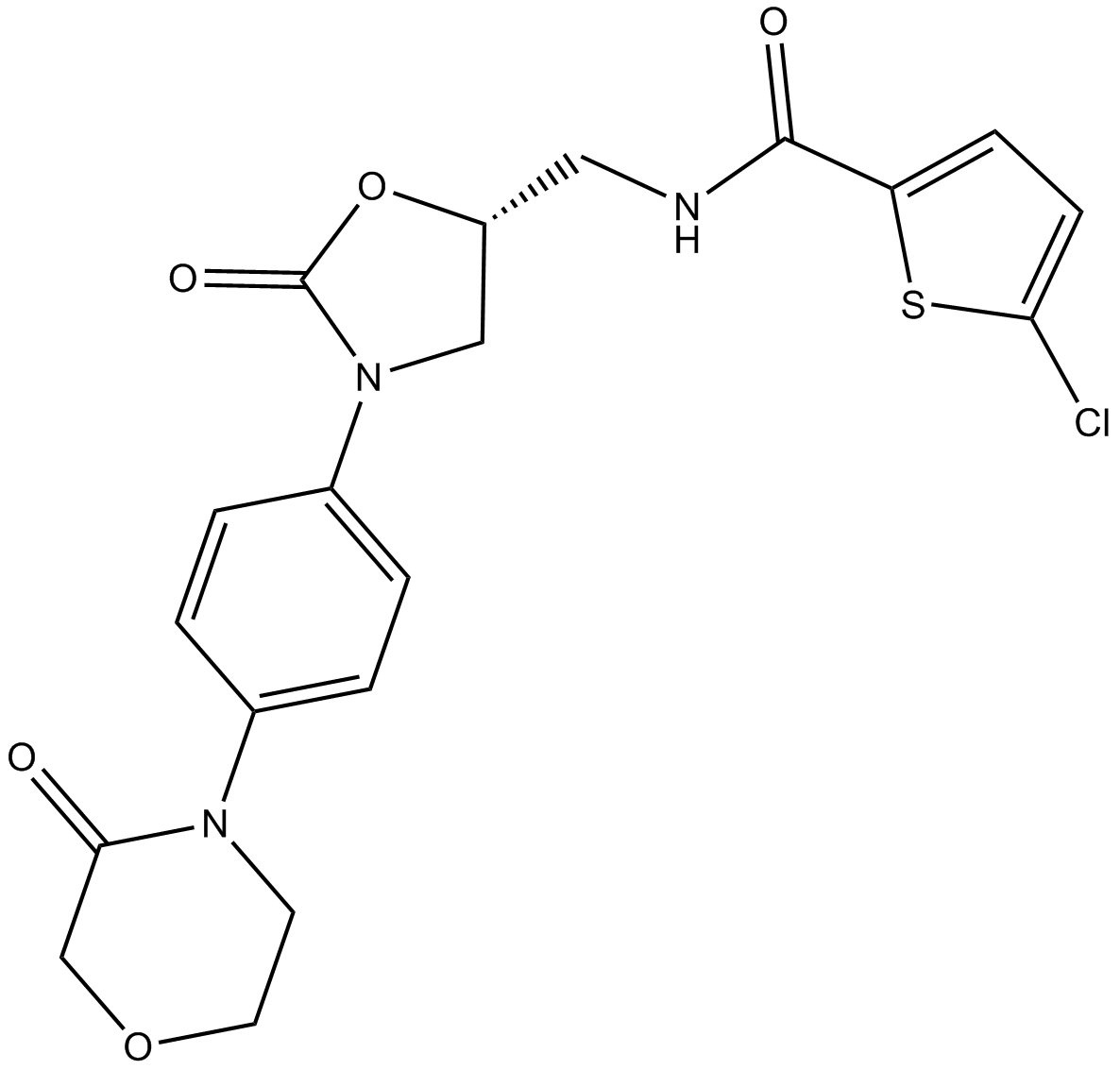
-
GC32410
5a-Pregnane-3,20-dione
La 5a-pregnano-3,20-diona es el metabolito endÓgeno de la progesterona.
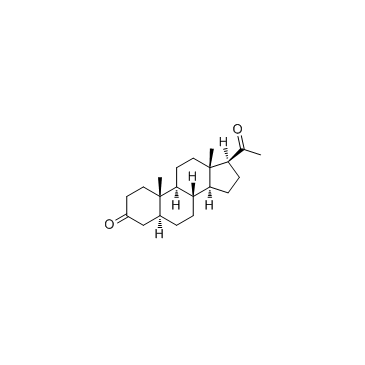
-
GC68374
5a-Pregnane-3,20-dione-d6
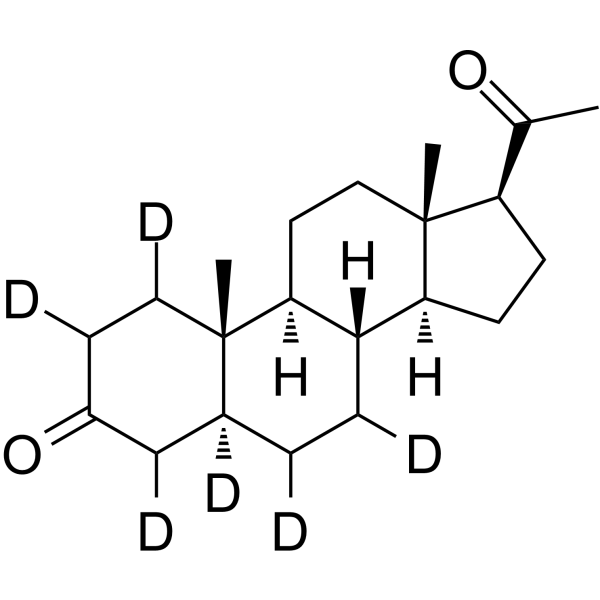
-
GC42586
6α-hydroxy Paclitaxel
6α-hidroxi Paclitaxel es un metabolito primario de Paclitaxel. 6α-hidroxi Paclitaxel conserva un efecto dependiente del tiempo sobre los polipéptidos transportadores de aniones orgÁnicos 1B1/SLCO1B1 (OATP1B1) con una potencia de inhibiciÓn similar a Paclitaxel, mientras que ya no mostrÓ inhibiciÓn dependiente del tiempo de OATP1B3. 6α-hidroxi Paclitaxel se puede utilizar para la investigaciÓn del cÁncer.

-
GC49676
6β-hydroxy Budesonide
A metabolite of budesonide
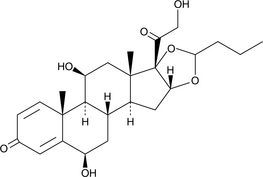
-
GC45969
6β-hydroxy Eplerenone
A major metabolite of eplerenone

-
GC49629
6β-hydroxy Prednisolone
A metabolite of prednisolone

-
GC41424
6(S)-Lipoxin A4
The lipoxins are trihydroxy fatty acids containing a 7,9,11,13-conjugated tetraene.

-
GC49749
6-Deoxypenciclovir
An inactive metabolite of famciclovir

-
GC41224
6-diazo-5-oxo-L-nor-Leucine
6-Diazo-5-oxo-L-nor-Leucina (DON) es un análogo de la glutamina que inhibe las glutaminasas, un inactivador selectivo y basado en mecanismos de enzimas que utilizan glutamina[1-3].

-
GC42578
6-Formylpterin
Xanthine oxidase (XO) generates reactive oxygen species, including hydrogen peroxide (H2O2), as it oxidizes specific substrates in the presence of water and oxygen.

-
GC18632
6-hydroxy Bexarotene
6-hydroxy Bexarotene is an oxidative metabolite of bexarotene , a high-affinity ligand for retinoid X receptors (RXRs).
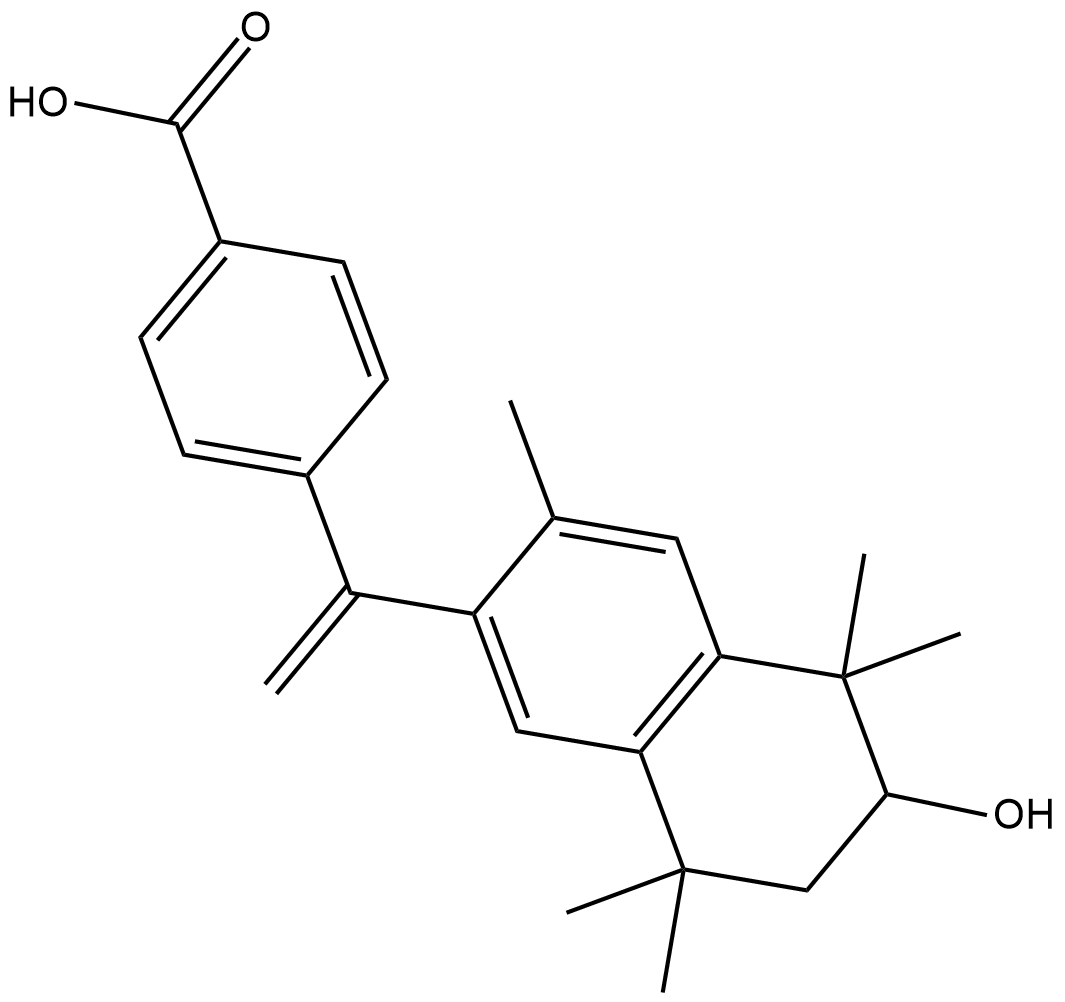
-
GC42580
6-hydroxy Chlorzoxazone
6-hydroxy Chlorzoxazone is a metabolite of chlorzoxazone.

-
GC18219
6-hydroxy Warfarin
6-hydroxy Warfarin is a metabolite of (+)-warfarin , which is a weaker vitamin K antagonist than (-)-warfarin .
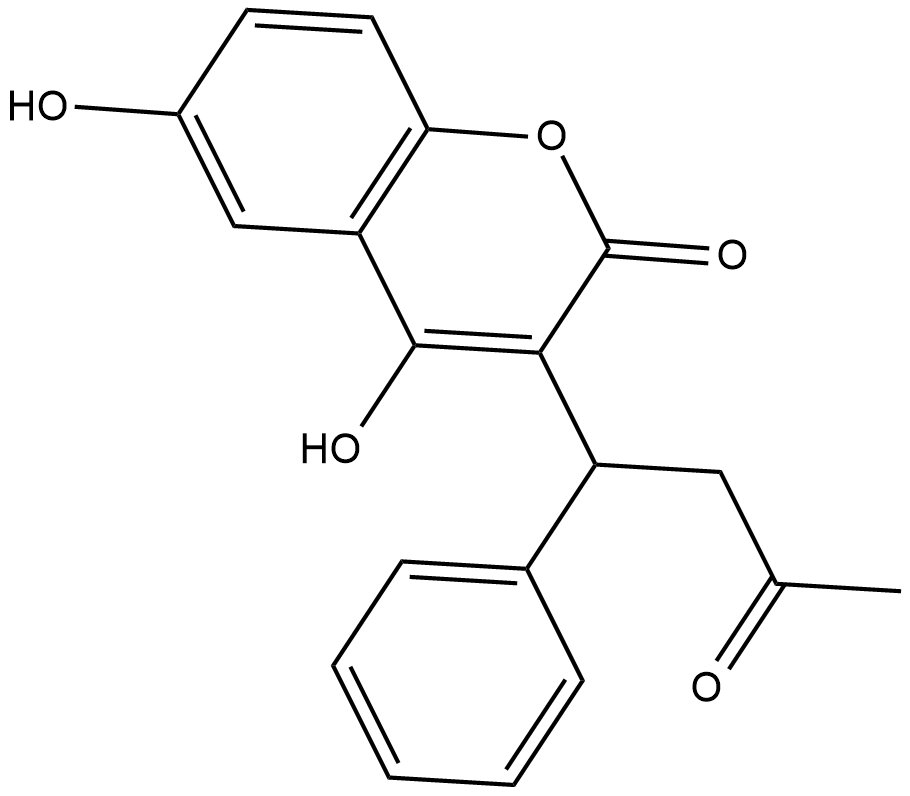
-
GC67988
6-Hydroxybenzbromarone
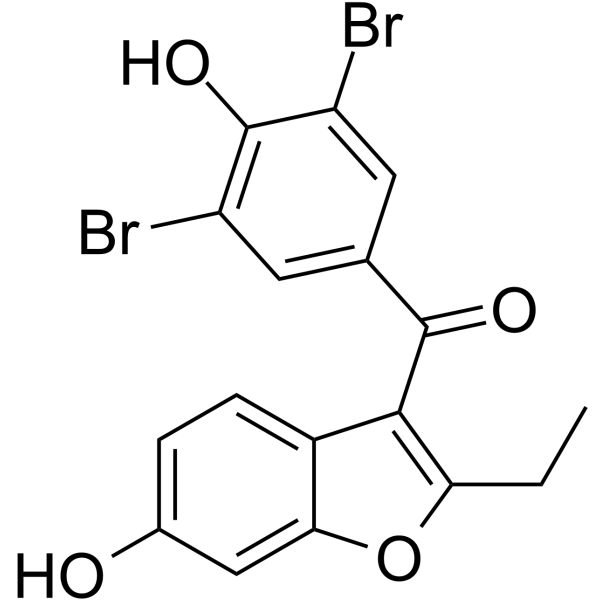
-
GC33704
6-Hydroxymelatonin
La 6-hidroximelatonina es un metabÓlico primario de la melatonina, que es metabolizada por el citocromo P450 (CYP) 1A2.
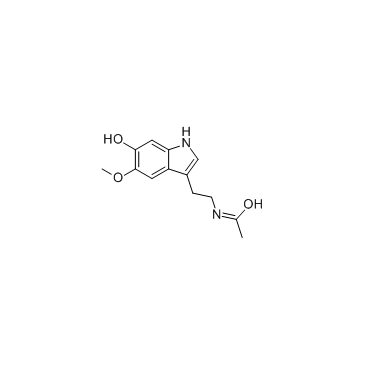
-
GC38278
6-Hydroxynicotinic acid
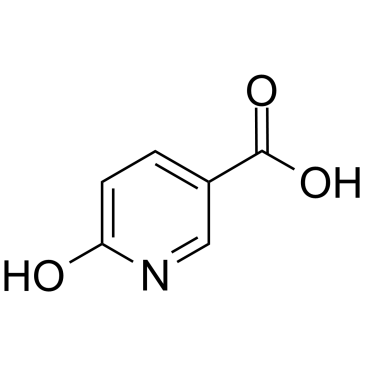
-
GC10067
6-Hydroxynicotinic acid
El Ácido 6-hidroxinicotÍnico es un metabolito endÓgeno.
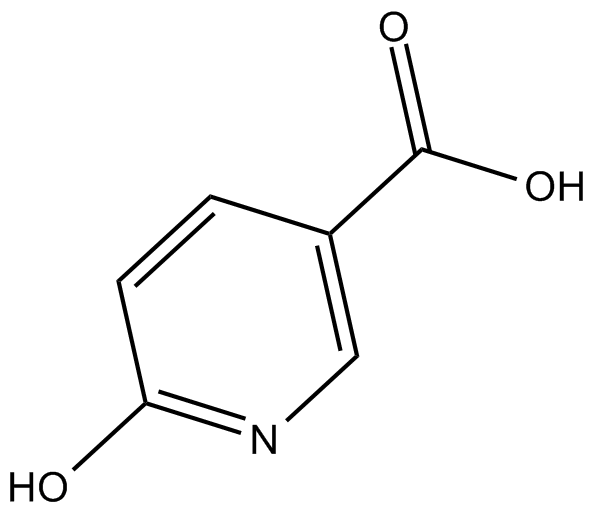
-
GC62816
6-Hydroxypyridin-2(1H)-one hydrochloride
El clorhidrato de 6-hidroxipiridin-2(1H)-ona es un metabolito endÓgeno.
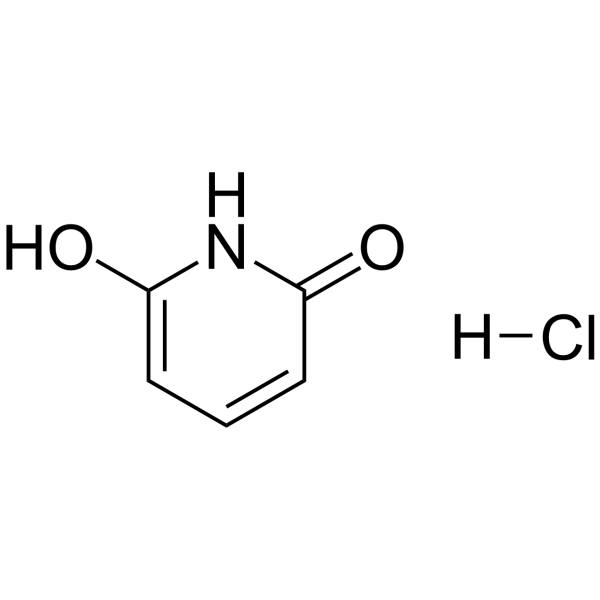
-
GC49235
6-Methylmercaptopurine
A metabolite of 6-mercaptopurine

-
GC49488
6-Methylmercaptopurine-d3
An internal standard for the quantification of 6-MMP

-
GC64741
6-Methylnicotinamide
La 6-metilnicotinamida, un derivado de la nicotinamida, es un metabolito endÓgeno.
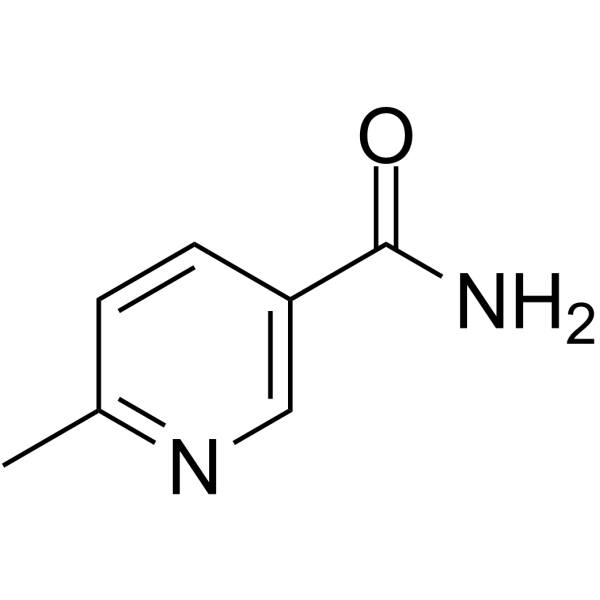
-
GC48721
6-O-Demethyl Griseofulvin
A metabolite of griseofulvin

-
GC42584
6-O-desmethyl Donepezil
6-O-desmethyl Donepezil is an active metabolite of the acetylcholinesterase inhibitor donepezil.

-
GC65015
6-Phosphogluconic acid trisodium
El Ácido 6-fosfoglucÓnico trisÓdico es un inhibidor potente y competitivo de la fosfoglucosa isomerasa (PGI) con Kis de 48 μM para glucosa 6-fosfato y 42 μM para fructosa 6-fosfato.
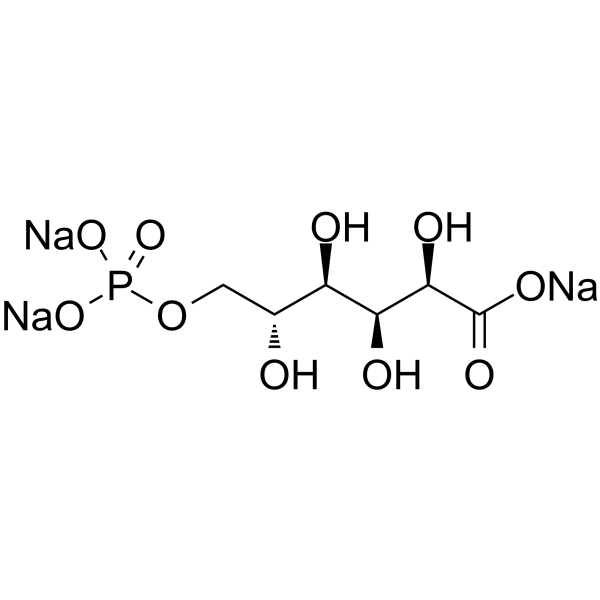
-
GC50613
673 A
ALDH1A inhibitor; depletes CD133+ cancer stem cells (CSC)

-
GC18335
6β-hydroxy Dexamethasone
6β-hydroxy Dexamethasone is a metabolite of dexamethasone that is more hydrophilic than the parent compound.
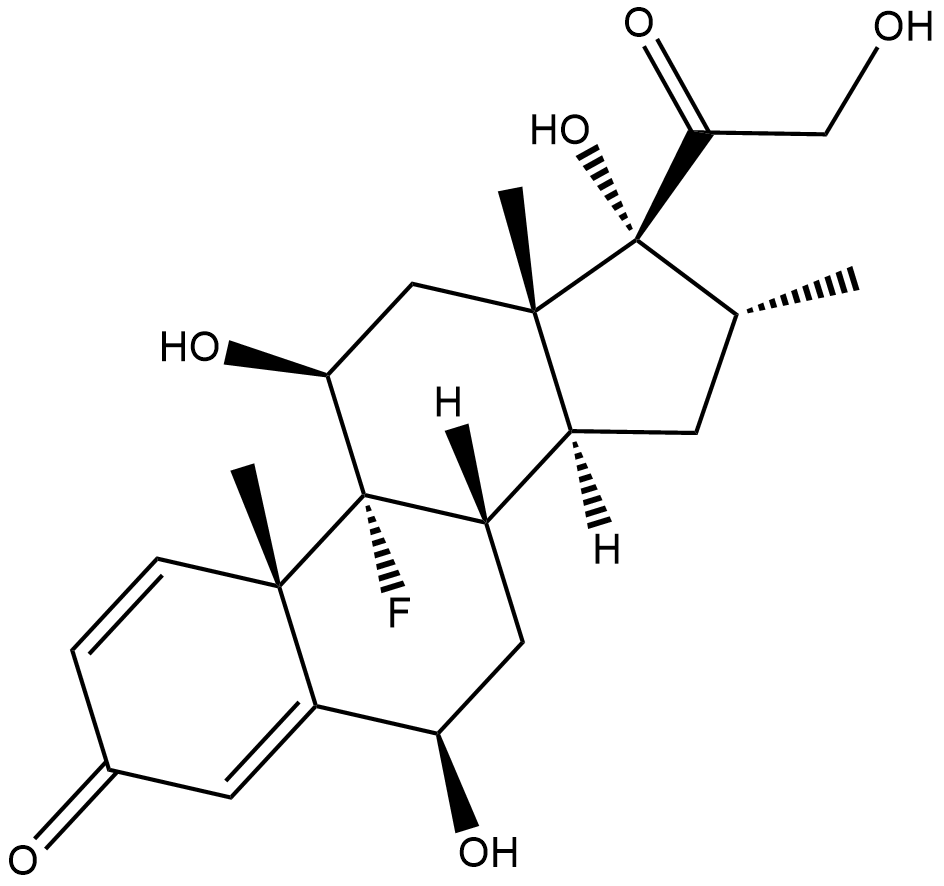
-
GC40087
7α-hydroxy-4-Cholesten-3-one
7α-hidroxi-4-colesten-3-ona es un intermediario en la sÍntesis de Ácidos biliares a partir del colesterol.

-
GC49298
7α-Thiomethylspironolactone
A major metabolite of spironolactone

-
GC49391
7α-Thiospironolactone
An active metabolite of spironolactone

-
GC46732
7(S),17(S)-dihydroxy-8(E),10(Z),13(Z),15(E),19(Z)-Docosapentaenoic Acid
A metabolite of DPA with antiinflammatory properties

-
GC10533
7,8-dihydro-L-Biopterin
La 7,8-dihidro-L-biopterina es un producto de oxidaciÓn de la tetrahidrobiopterina.
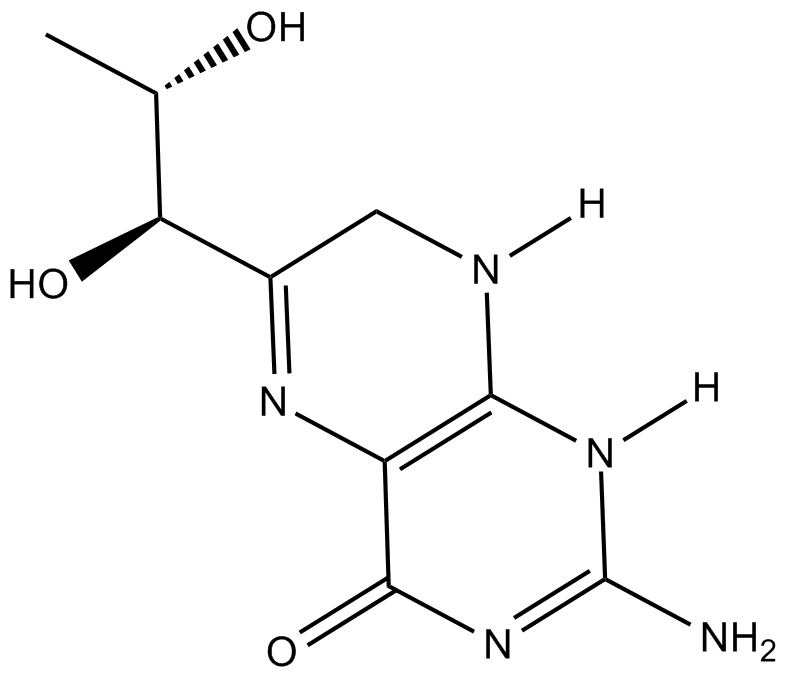
-
GC45673
7,8-Dihydroneopterin
La 7,8-dihidroneopterina, un marcador de inflamaciÓn, induce la apoptosis celular en astrocitos y neuronas a través de la mejora de la expresiÓn de Óxido nÍtrico sintasa (iNOS).

-
GC33450
7-Dehydrocholesterol
El 7-dehidrocolesterol es un precursor biosintético del colesterol y la vitamina D3.
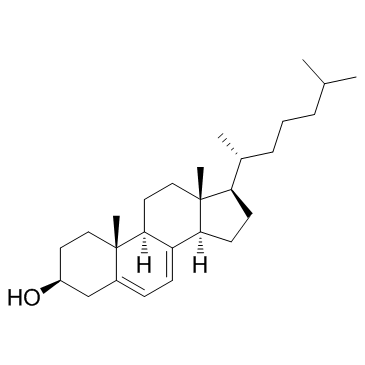
-
GC40978
7-epi Maresin 1
7-epi Maresin 1 is the inactive 7(S) epimer of Maresin 1, which contains a 7(R) hydroxyl group.

-
GC48649
7-hydroxy Chlorpromazine (hydrochloride)
An active metabolite of chlorpromazine

-
GC42606
7-hydroxy Coumarin Glucuronide (sodium salt)
7-hydroxy Coumarin glucuronide is a 7-hydroxy coumarin phase II metabolite that can be used as a standard for the analysis of 7-hydroxy coumarin metabolism.

-
GC42607
7-hydroxy Coumarin sulfate (potassium salt)
7-hydroxy Coumarin sulfate is a phase II metabolite of coumarin that can be used as an internal standard for the analysis of 7-hydroxy coumarin metabolism using GC- or LC-MS.

-
GC49748
7-hydroxy Etodolac
An inactive metabolite of etodolac

-
GC49051
7-hydroxy Methotrexate
El 7-hidroxi metotrexato es un metabolito principal del metotrexato

-
GC42608
7-hydroxy Methotrexate (sodium salt)
7-hydroxy Methotrexate (7-hydroxy MTX) is a phase I metabolite of MTX, which is converted by hepatic aldehyde oxidases.
